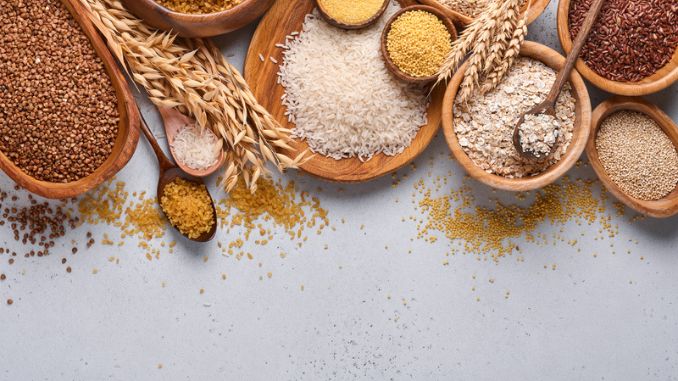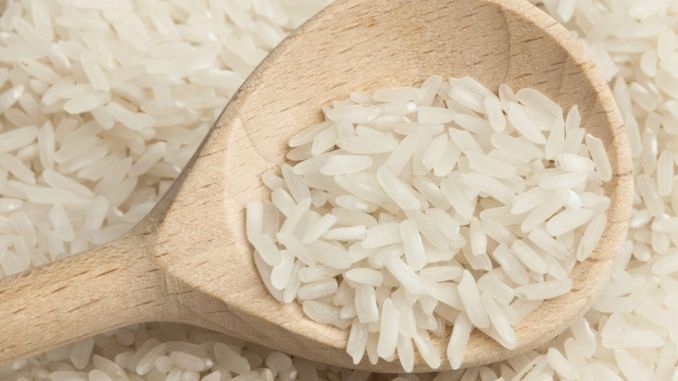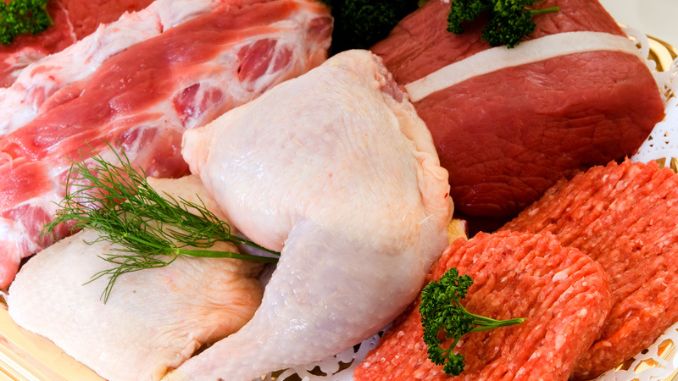When it comes to grains, there are many different varieties of rice and we can compare white rice vs. brown rice vs. quinoa rice. But which one is the healthiest? White rice, brown rice, and quinoa. These are three different types of grains that have become increasingly popular in recent years. Each of them has a unique set of nutrients that make them stand out as being particularly healthy. Different types of rice have very different appearances, but you can use them all in a variety of recipes. None of them are actually better than the others — it simply depends on what you’re looking for in your diet.
In an age where refined grains and sugar have been outed as relatively unhealthy, many people are seeking out other types of foods to get their carbohydrate fix in. Many people have recommended brown rice and quinoa over the more traditional white rice. All 3 over things like pasta, bread, and cereal.
But is there such a difference between these 3 popular foods? Is one better than the others? Keep reading to find out which food you should add as your next side dish.
What is the Difference Between them?
White Rice
While white rice is naturally gluten-free (like other natural rice varieties, including brown rice), it’s probably the least “healthy” of the 3 foods up here for discussion. Why? White rice is less natural than wheat and other grains. But it still has a good brain, germ, and husk (plant part) composition. Unfortunately, the processing removes these healthy elements to such an extent that they are no longer present. This renders white rice less nutrient-dense and slightly higher on the glycemic index.
Brown Rice
Brown rice is what you have when you haven’t completely removed the healthy germ and bran. It offers more vitamins, minerals, and nutrients–such as selenium, magnesium, vitamin E, and vitamin B–compared to its white counterpart and offers a heartier, nuttier taste.
Additionally, brown rice has a higher fiber content than white rice, meaning it won’t spike your blood sugar as much and can help regulate your cholesterol levels and digestive health.
You might ask why someone would bother to remove the healthy germ and bran in the first place, or in other words, make brown rice into white rice. The answer is that brown rice tends to spoil faster than white rice, making it a bit more expensive and harder to store and transport.
Difference between Quinoa Rice from White and Brown Rice
Pronounced KEEN-wah, this grain-like food is actually the seed of a plant from the goosefoot family (spinach and chard are a couple of its relatives). Among its many claims to fame, it’s a good source of animal-free protein, containing all 9 essential amino acids. Like rice, it’s also naturally gluten-free. It’s also relatively low on the glycemic index scale, meaning it won’t spike your blood sugar a ton.
While all three of these foods are beneficial to your health, whole grains are often recommended as the best choice. White rice has been milled, which removes the bran and germ. This process strips the grain of some vital nutrients.
So, if left with a choice between white rice and brown rice, it’s generally worth it to go for the latter. Choosing between brown rice and quinoa may be a toss-up and in most cases depends on personal preference, since both are fairly equal when it comes to health benefits.

Rick Kaselj MS, is a leading kinesiologist and injury specialist as well as co-creator of the best-selling Unlock Your Hip Flexors program. Rick creates exercise programs that help people heal injuries and eliminate pain, so they can go back to living a full, active, healthy life.







